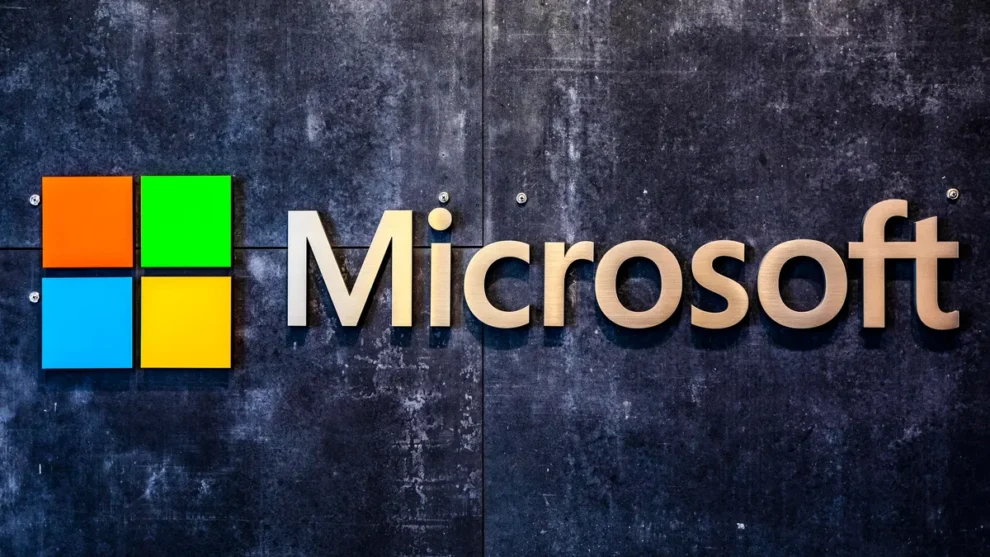In an unprecedented move that has excited tech enthusiasts and developers around the world, Microsoft has officially released the source code of MS-DOS 4.0. This release marks a significant milestone in the history of software development, shedding light on the early days of personal computing.
Microsoft’s Strategic Release
MS-DOS, which stands for Microsoft Disk Operating System, was the dominant operating system for personal computers in the 1980s and early 1990s. The release of its version 4.0 source code not only opens up a vital piece of digital legacy but also aligns with current trends towards open-source software and transparency in technology.
The released source code includes various components and commands that were part of MS-DOS 4.0, such as APPEND, ATTRIB, and FORMAT, among others. This allows current and future generations of programmers to explore and understand the foundational aspects of software that powered early PCs.
Implications and Insights
The decision to release the source code under the MIT License, as detailed on platforms like GitHub, is particularly noteworthy. This licensing allows unrestricted access, modification, and distribution of the code, offering a plethora of opportunities for educational, experimental, and even commercial project.
This release is not just about nostalgia; it significantly impacts the preservation and study of software architecture. By providing access to original coding practices and methodologies, Microsoft aids in preserving the intellectual efforts that shaped early software development.
What This Means for Developers and Historians
For developers, access to the MS-DOS 4.0 source code is like having a history book open, offering insights into the programming challenges and solutions of the past. It also serves as a valuable learning tool for those interested in the evolution of software development practices over the decades.
Historians and technology enthusiasts can delve into the intricacies of a system that once ran millions of computers worldwide, gaining a deeper understanding of its impact on the technology landscape. This release also provides a unique opportunity to study the evolution of Microsoft’s early software strategies in a detailed manner.
Looking Forward
As we move forward, the availability of MS-DOS 4.0’s source code could inspire similar releases from other companies, encouraging a culture of openness and shared knowledge in the tech community. This could lead to more innovations, as old technologies are revisited and new ideas emerge from understanding past successes and limitations.
Microsoft’s release of MS-DOS 4.0’s source code is a commendable step that enriches the global software development community. It not only pays homage to the technological advances of the past but also sets a precedent for the future of software transparency and accessibility.



















Add Comment